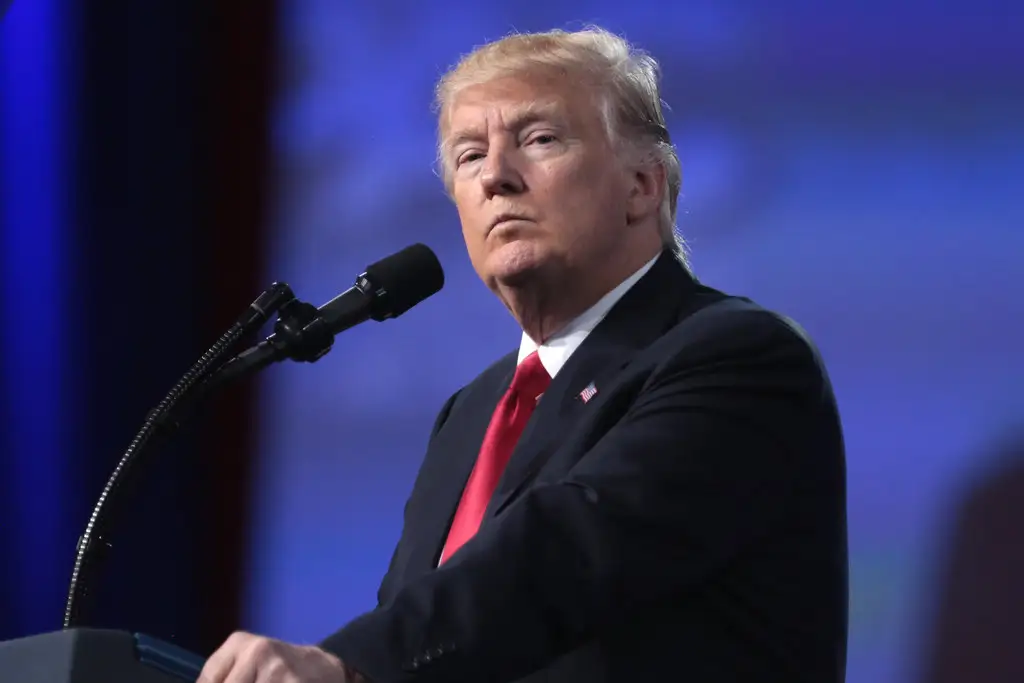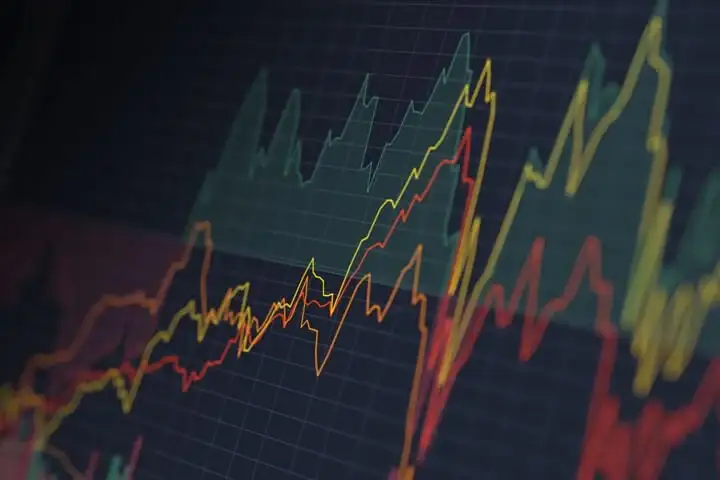
In late 2025, the government plans to extend the Tax Cuts and Jobs Act and add some new steps, like increasing defense spending and making small cuts in other areas.
The world is getting used to President Trump’s return and his first 100 days back in office.
His new policies are changing the U.S. economy and affecting the global economy too. While it is still early to fully judge the impact, especially because Trump’s way of making decisions is often unpredictable, many experts believe his policies might hurt both the U.S. and world economies, both now and in the future.
Like they say, when Donald Trump speaks, global markets listen and sometimes nervously. Let us check out how his approach is going to shape the global economy across the globe.
Trump’s Second ‘First 100 Days’
President Trump’s first 100 days in office were in 2017. A lot of things have changed since his first 100 days as president again.
The world has gone through major events like:
- The COVID-19 pandemic
- Global supply chain problems
- Wars in Ukraine and Israel
- Rising inflation
- Big developments in artificial intelligence
Still, the U.S. has mostly kept its strong role in the global economy.
But this time, Trump’s second term looks different in a few key ways.
- Fast Decisions And Growing Uncertainty
While both of his terms have had a lot of policy changes, things feel even more uncertain now.
This is because Trump’s new administration is making more sudden and dramatic decisions. By mid-May 2025, he had signed more than four times as many executive orders compared in the same time in 2017, even more than President Franklin D. Roosevelt’s famous “first 100 days.”
Some policies have been changed just days after being announced, many have ended up in court, and financial markets are reacting to all the back-and-forth.
- High-Stakes Politics
Trump’s leadership style is now even more bold and risky. He is using tough, public negotiations not just with rival countries, but also with allies. This is very different from past presidents, who preferred working together with other nations. Plus, Trump and his team seem more experienced and focused than during their first time in office.
- Trump’s New Approach
The administration is pushing the limits of presidential power more than ever before.
It is raising serious questions about whether the president should have full control over federal agencies. Trump’s use of power is not just affecting laws; it is also putting pressure on:
- Businesses
- Universities
- The media
- Civil groups
- U.S. states
- Other countries
On May 12, 2025, the Chief Justice of the Supreme Court, John Roberts, said that the rule of law in America is “endangered.”
Trump’s 2025 policy impact on the Global Economy
After the Cold War, the world was shaped by democracy, global trade, and international cooperation. The U.S. helped lead this system through organizations like the World Trade Organization (WTO), and by supporting open markets and global partnerships.
Although President Trump’s second term is not creating cracks in this system, his new policies are making it worse. Some of his actions, like setting high tariffs, go against the idea of fair trade.
This has weakened the global system built on shared rules and cooperation.
By stepping back from its usual role in leading and supporting global efforts, the U.S. is making it harder for the world to work together on big problems like climate change, pandemics, and international conflicts.
- Europe Strategic Shift
These actions have made many countries nervous, especially in Europe. Trump’s threats to leave NATO and raise tariffs have made Europe feel more vulnerable, both in terms of security and the economy.
Europe, the world’s second-largest economy, also has its own problems; it is not performing as well as it could. One possible solution is for European countries to work more closely together by removing internal trade barriers. If they do this, it could boost their economies and give Europe more power on the global stage.
Ironically, Trump’s policies may push Europe to unite faster than before.
- U.S.-China Trade Tensions
Trump’s trade policies mainly target China. China has also hit back with its own tariffs.
Although China is strong in tech and manufacturing, it faces serious issues, such as:
- Heavy debt
- High youth unemployment
- Struggling housing market
To handle U.S. tariffs better, China needs to focus more on getting its people to spend and boost the economy that way.
- U.S Difficult Relations With Other Countries
In Canada, difficult relations with the U.S. can change the political scene. The Liberal Party, under new leader Mark Carney, is gaining more support. In Japan, Trump’s policies might finally push the government to improve its farming industry.
In Latin America, especially Mexico, there is growing concern. Mexico trades more with the U.S. than any other country and is a key part of the car industry in North America. If the U.S. tightens trade rules, it could seriously hurt Mexico’s economy.
Lastly, Trump’s plans to cut foreign aid could have devastating effects in poorer countries. If these cuts go ahead, over 500,000 more people could die each year due to reduced health support and services.
Conclusion
Trump’s return to office has brought bold decisions and a new leadership style.
It is still too early to measure the full impact. Countries like China, Mexico, and those in Europe are being forced to rethink their strategies. In some cases, these changes could lead to stronger regional cooperation. In others, they may deepen economic risks.
What the future holds will only be revealed by the future itself. Do you want to know more about USA economy market? Tell us in the comments below.
FAQs
What countries did Trump put tariffs on?
Trump also imposed 25% tariffs on Canada and Mexico under the IEEPA, but later exempted goods compliant with the United States–Mexico–Canada Agreement (USMCA).
Who are Trump’s economic advisors?
Andy Beal, Stephen Calk, the CEO of the Federal Savings Bank, Dan DiMicco, and Steve Feinberg are Trump’s economic advisors.


